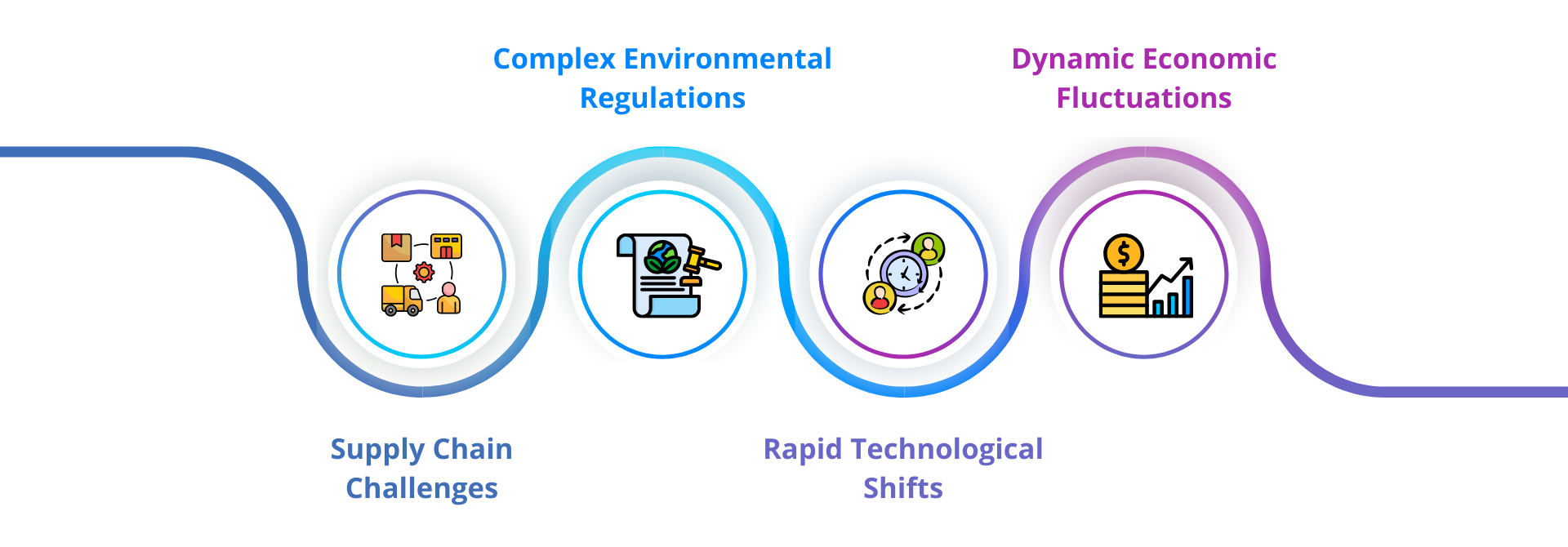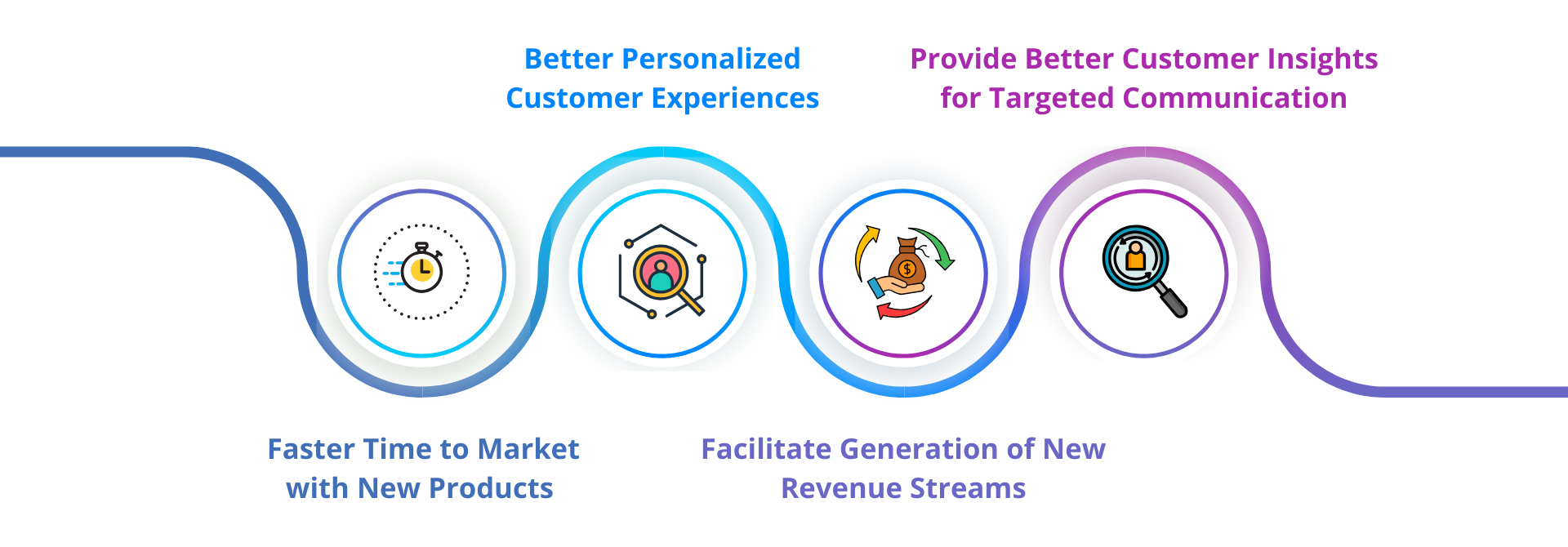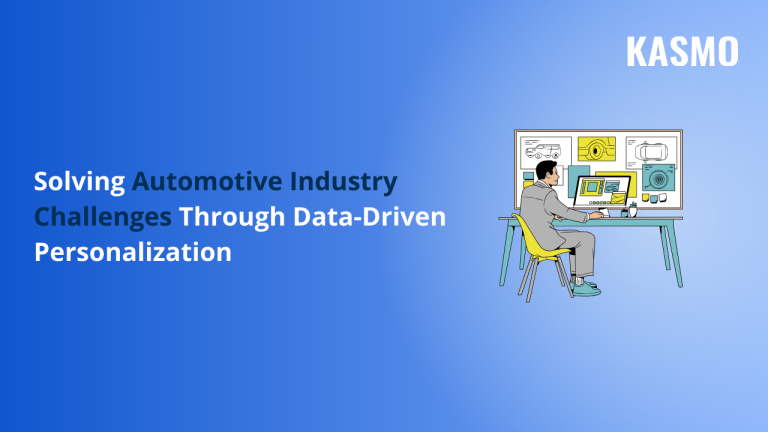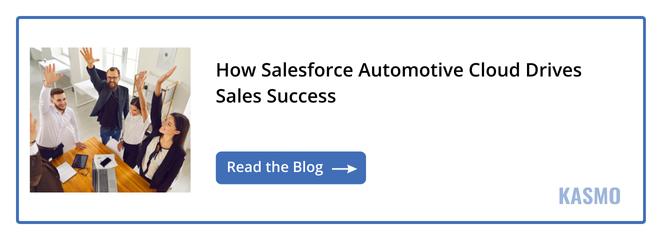Introduction
According to McKinsey, “Economic reasons, such as reduced income, had the greatest influence on decisions to delay car purchases and were cited by around 55 to 60 percent of respondents across countries”. Additionally, supply chain disruptions, increasing competition and rapid digitalization have created several automotive industry challenges which disrupted regular operations and hindered personalization. But cloud platforms like Salesforce and Internet of Things (IoT) devices have created plethora of opportunities for automotive dealers and Original Equipment Manufacturers (OEMs) to sell their vehicles effectively without compromising on quality, price or customer service.
As connected and autonomous vehicles become the new standard, OEMs can now enhance the driving experience and redefine customer relationships. Now OEMs and automotive companies can integrate both customer data and vehicle data to create a more personalized, safer, and seamless journey for their customers.
Personalization is crucial for the automotive industry. Automotive leaders need to take extra care while making strategies that are not only “revenue-centric” but also “customer-centric”. Creating or adapting your business models to cater to changing customer demands help OEMs and automotive dealers to not only retain customers but also build customer loyalty.
Won’t it be great if your vehicle not only drives you but also actively understands and anticipates your needs? Connected vehicles and merging customer and vehicle data does just that. Whether it be automatically adapting vehicle temperature according to outside temperature or adjusting the driving experience based on weather conditions, connected and autonomous vehicles create a dynamic and adaptive in-car experience.
This empowers OEMs to offer smarter, real-time product recommendations, foster customer loyalty, and create sustainable revenue streams. Consolidating data from IoT devices and other sources helps automotive companies turn vehicles into a key source for tailoring customer service and ongoing customer engagement.
According to research by Salesforce, “less than one in five OEMs and retailers believe their digital storefronts are engaging and mobile-friendly”. Moreover, 79% of customers report that “The amount of time it takes to complete a transaction also leaves much to be desired, with only 21% of OEMs and retailers believing they offer a fast-buying experience”. To deal with all these challenges, automotive companies can leverage Salesforce Automotive Cloud. But how can Salesforce Automotive Cloud help businesses identify these challenges and mitigate them? Let’s find out!
Automotive Industry Challenges Creating Roadblocks for OEMs and Automotive Businesses

Supply Chain Challenges
Global geopolitical tensions are severely disrupting automotive supply chains. Automotive companies are heavily dependent on supply chains that are closely connected with each other. Even a small disruption in the supply chain can halt production or supply of equipment for days. For instance, if one supplier fails to deliver a part, it can lead to temporary shutdown of entire production lines, resulting in consecutive delays throughout the supply chain.
Complex Environmental Regulations
OEMs are facing mounting pressure from global environmental regulations to reduce carbon emissions. “To strengthen CO2 emission reductions from the fleet of vehicles on Europe’s roads, EU-wide targets require an 15% emission reduction by 2025 from new cars and vans. This target becomes more stringent with a 2030 target to reduce new car emissions by 55% and new van emissions by 50%”. These stringent environmental policies are forcing automotive companies to invest heavily in Electric Vehicles (EVs) and create supply chains that are less complex and easy to handle.
Rapid Technological Shifts
The ongoing shift towards electric vehicles is forcing OEMs to adapt quickly, but this transition isn’t simple. The production of EVs involves adapting to entirely new supply chains, creating specialized equipment, and implementing advanced manufacturing technologies. Additionally, automotive companies must recruit skilled workforce to handle advanced technologies. This dramatic shift requires substantial investment and presents risks in terms of scalability, technology adoption, and maintaining operational stability while adapting to new technologies.
Dynamic Economic Fluctuations
The automotive industry is also grappling with volatile economic conditions that create uncertainty for manufacturers. From global tariff wars to currency fluctuations and the rising cost of raw materials, OEMs are facing challenges while allocating budget for resources. Moreover, the rising costs of renewable energy and raw materials, coupled with ongoing disruptions in the supply chain, are reducing profit margins and heightening the pressure on manufacturers to deliver competitive, cost-effective vehicles without compromising quality.
What are the Benefits of Merging Customer Data and Vehicle Data?
To easily overcome these challenges, automotive companies can leverage the benefits of merging customer data and vehicle data. The integration of real-time data from both customers and vehicles is helping businesses gain insights in near real-time, which is helping them to provide hyper-personalized experiences to their customers, accelerate revenue growth, and strengthen customer relationships. Here are some key advantages of merging customer and vehicle data:

Faster Time to Market with New Products
By combining customer and vehicle data, automotive businesses can gain valuable insights that will help them in product development and refinement. By consolidating real-world car usage data along with customer purchase history, companies can understand how the customers can interact with the vehicle. This feedback loop not only helps automotive businesses create better vehicle designs but also helps OEMs bring new products and features to market faster. With real-time data at their fingertips, manufacturers can prioritize feature updates, streamline the Research & Development (R&D) process, and reduce the time needed to bring a product from just an idea to the showroom.
Better Personalized Customer Experiences
The most crucial benefit of merging customer data with vehicle data is – automotive companies can create highly personalized experiences for both drivers and passengers. Previously, when a customer used to purchase a new vehicle, they were only introduced with the vehicle’s available features, leaving the rest for customers to discover on their own. However, in a connected vehicle ecosystem, customers can use a connected app or website to pre-configure their car’s features before even stepping into it. This includes selecting preferences for seating, sound, entertainment devices, and more.
Additionally, with ongoing communication via the company’s app, sales reps can guide users easily, offering helpful tips, feature demonstrations, and reminders for service. This continuous, personalized engagement helps OEMs build a deeper connection with their customers, driving brand loyalty and increasing usage of in-car features.
Facilitate Generation of New Revenue Streams
Connected vehicles allow OEMs to navigate automotive industry challenges and monetize advanced features more effectively. By tracking customer behavior and vehicle data, OEMs can identify which features are underutilized and remind drivers to use them so as not to miss out on the benefits. These reminders and prompts can lead to increased usage, enhancing customer experience while creating new revenue opportunities.
Additionally, through software upgrades and feature subscriptions, OEMs can offer tailored experiences to individual customers. As vehicles become more like smartphones, businesses can push personalized feature upgrades (like enhanced lighting or adaptive cruise control) at the right time. This strengthens customer retention and generates new revenue streams.
Provide Better Customer Insights for Targeted Communication
Merging data from both customers and vehicles enables OEMs to gain a deeper understanding of their customers’ preferences and behavior. For example, understanding which features customers use most frequently—or which ones are underutilized, empowers OEMs to send more relevant, targeted messages that speak directly to the customer’s needs. From suggesting useful vehicle features to offering personalized upgrades, this data-driven approach increases the relevance of OEM communications, boosting engagement and satisfaction.
By having a holistic view of customer and vehicle data, OEMs can create more meaningful relationships with their customers, ensuring that interactions are timely, relevant, and aligned with individual preferences.
Why Choose Salesforce Automotive Cloud
Salesforce Automotive Cloud provides a robust platform that unifies data, streamlines operations, and drives new revenue opportunities through its connected ecosystem. Here’s how Salesforce is eliminating automotive industry challenges:
Unifying Data for Better Insights and Action
The first step in creating a truly connected ecosystem is unifying data. Salesforce Automotive Cloud consolidates data from multiple third-party systems and other data sources to offer a comprehensive, unified view of the customer, vehicle, and financial transactions. This consolidated approach enables OEMs to harness the full potential of data, allowing them to understand their customers better, personalize interactions, and provide targeted offers at the right time.
With all relevant data in one place, OEMs can make informed decisions about product features, customer preferences, and market trends. This data-driven insight leads to more effective marketing, improved product offerings, and enhanced customer engagement.
Enhancing Customer Trust Through Consistency
Building customer trust is essential. With Salesforce Automotive Cloud, OEMs can ensure that every customer interaction is consistent, timely, and personalized. By automating key processes such as subscription renewals, service reminders, and feature suggestions, OEMs can stay in touch with customers at the right moment—helping them to foster loyalty and ensure high levels of customer satisfaction.
Maintaining consistency in operations and customer service also extends to providing easy access to critical information, such as warranty expirations, feature updates, and service offers. The platform’s ability to track and manage customer preferences, usage patterns, and subscription data creates a smooth, frictionless experience that resonates with today’s connected customer.
Facilitating Real-time Connectivity
By leveraging Salesforce Automotive Cloud automotive companies can create a real-time, connected ecosystem of cars, drivers, and data. Integrating connected car applications, marketing and sales data empowers OEMs to deliver highly relevant, personalized communications at scale. Whether it’s sending an offer for a new feature or delivering targeted service recommendations, Salesforce Automotive Cloud ensures that customers receive the right message at the right time.
This real-time information on customer data empowers OEMs to act on customer data quickly, offering a game-changing customer experience that increases brand loyalty, boosts engagement, and drives new revenue streams.
Conclusion
The complex automotive industry challenges have been creating significant bottlenecks for businesses. However, by strategically merging customer and vehicle data, OEMs can transform these challenges into opportunities. This data integration, facilitated by platforms like Salesforce Automotive Cloud, enables faster product development, hyper-personalized customer experiences, and the creation of new revenue streams. Leveraging the power of unified data empowers automotive businesses to build stronger customer relationships, enhance brand loyalty, and navigate the complexities of the automotive industry with greater agility and success.



